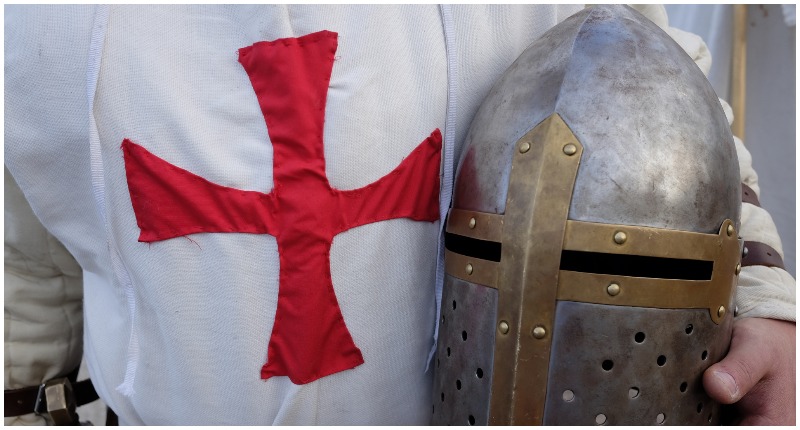The Shepherd’s Monument is part of Shugborough Hall, a stately home in Staffordshire, England.
This large and ornate piece of stonework can be found on the grounds of the Shugborough estate. It’s become a major talking point of historical research, due to its combination of English upper crust ancestry and ancient legend.
Thought to date from the mid to late 18th century, the Monument is comprised of an arch, into which is set a marble relief. The relief is a three-dimensional version of The Shepherds of Arcadia, a painting by Nicolas Poussin which depicts people gathered around a tomb.
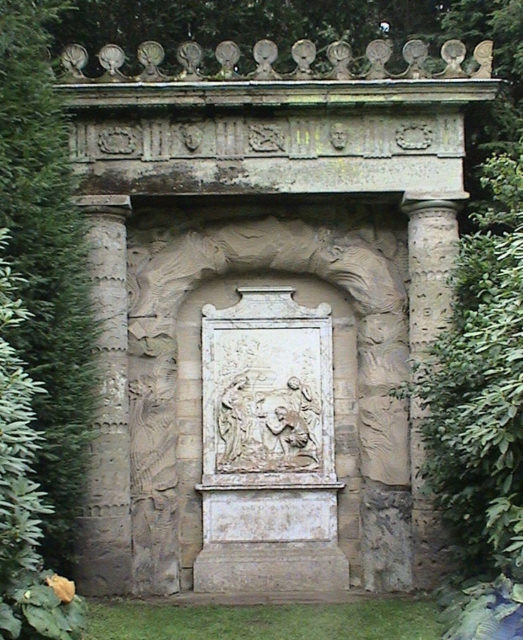
Below the relief are carved a sequence of letters – O U O S V A V V. Bookending these are the letters D and M. The sequence is better known as the Shugborough Inscription, and its meaning has challenged even the most inquisitive of experts for the past couple of centuries.
Everyone from Charles Darwin to Dan Brown has risen to the challenge of deciphering the code. Many have supplied theories, but to this day no-one has been able to say for sure what the inscription denotes.

Is it a Biblical reference? A romantic declaration? A Latin conundrum?
To better understand the monument, some have delved into the story of its creation. The work was ordered by Thomas and George Anson, then-owners of the estate. It was fashioned for the family by Flemish sculptor Peter Scheemakers.
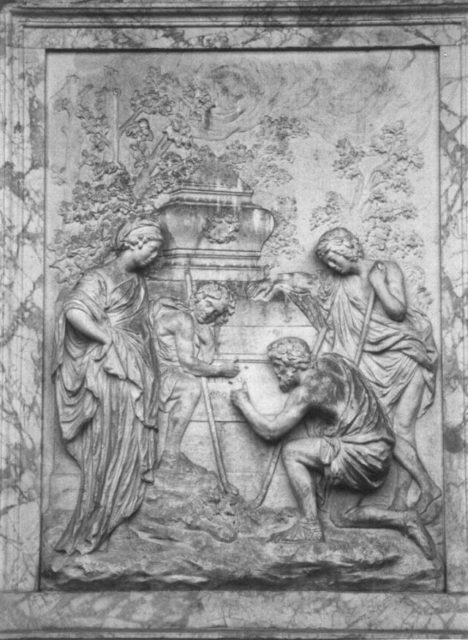
Particular significance has been attributed to historic connections the Ansons had to the mythic times of King Arthur.
A 2011 Telegraph article mentions that “members of the Anson family were in the Priory of Sion, the secret society widely regarded as the successor to the medieval Knights Templar. Legend had it that they were the guardians of relics recovered from the Holy Land, including the Grail, the cup used by Christ at the Last Supper.”
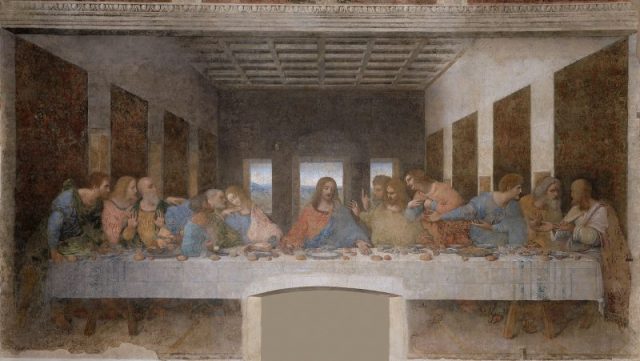
Throw in the fact that painter Poussin was part of the Templars and imaginations ran wild. Claims were made that the inscription might be used to track down the ever-elusive Holy Grail.
However, the same article offers a more down to earth explanation courtesy of historian A.J. Morton. His research concluded there were no details of the inscription till the early 19th century, long after the monument was erected.
He believed the inscription was nothing more than “graffiti left… by the former Shugborough residents George Adams and his wife, Mary Vernon-Venables.” The couple were parents to Thomas Anson, who became 1st Viscount Anson of Shugborough & Orgreave and commissioned the piece.
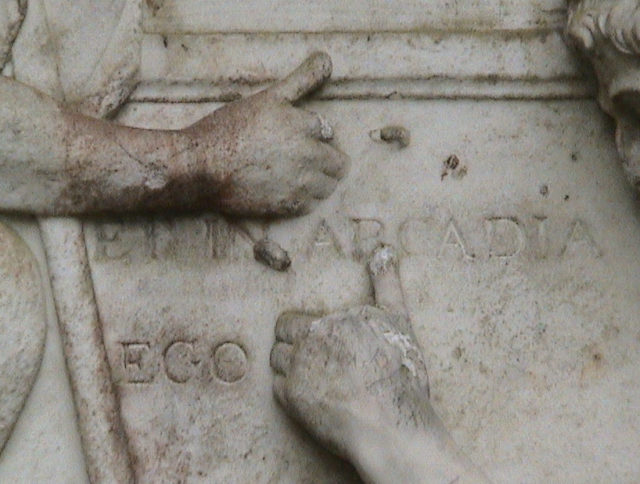
Morton remarked, “It is very likely that ‘M’ary ‘V’enables,’V’ernon of ‘S’udbury Hall, the Baron ‘V’ernon of ‘D’erbyshire, the honourable Edward ‘V’ernon-Harcourt and the 1st ‘V’iscount ‘A’nson of ‘O’rgreave (a hamlet ‘U’nited with ‘O’verley) and ‘S’hugborough were somehow involved in the creation of the original ‘Shugborough Code’… I’ve tried convincing myself that I’m wrong, but I can’t see any way out.”
With this observation, he feared he had “destroyed something magical.” Others would disagree, for the theory was not the final word of the subject.
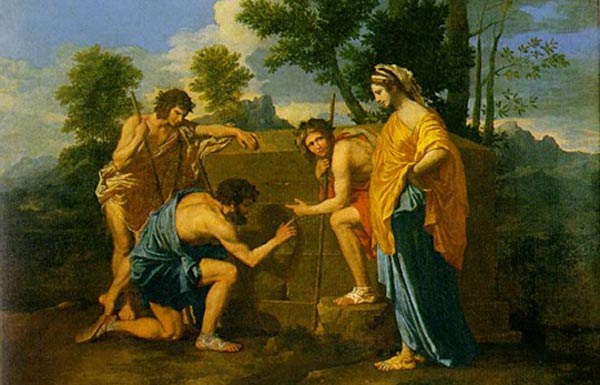
In 2016, retired engineer and author George Edmunds reckoned his explanation was the correct one. While promoting his book Anson’s Gold and the Secret to Captain Kidd’s Charts, he asserted the inscription was connected to a treasure-fueled adventure.
The Daily Express revealed, “His interest in the cipher began when he looked into a secret expedition mounted by Admiral Lord George Anson in the mid 18th century to recover a cache of hidden treasure… While the estate passed to George’s older brother Thomas, the younger man — who made a fortune out of Spanish plunder — is believed to have paid for the creation of the Shepherd’s Monument.”
As far as Edmunds was concerned, the inscription had less to do with ancient texts and more to do with the ocean waves.
“Most people had been looking at the romantic poetic angle, thinking it was something Greek or Latin, totally forgetting that Lord Anson was a naval man,” he commented.
“The cipher gives the latitude and longitude of an island (in the Pacific)… I’m 90 percent sure the treasure is still there.”
When it comes to this most mysterious of inscriptions, everyone has a theory. A treasure hunt could prove as unlikely as a link to Jesus Christ. In the meantime, the Shugborough Monument will continue to inspire and frustrate in equal measure.
